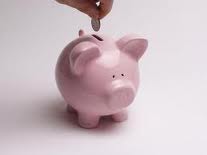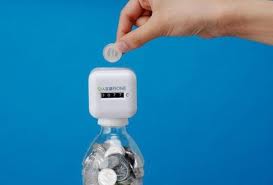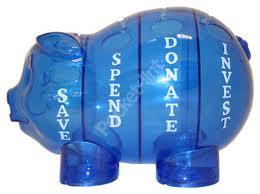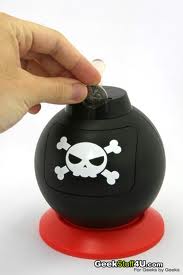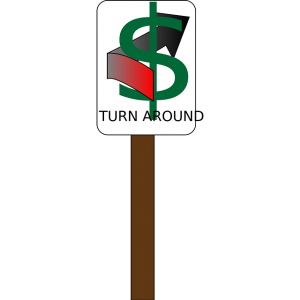Ok, so I know I have been blogging about embarking on the wonderful journey of explaining money and budgeting to my kids. Well, turns out, it isn’t as easy as I thought it would be. It Is so hard to teach kids about budgeting when they have a very, very simplistic view of money.
Before you roll your eyes and say ‘I told you so!’, let me just say that I haven’t given up on this project. In fact, I enlisted the help of my mommy friends (who also happen to be Psychology majors) to give me some tips and ideas about how to do this without breaking my brain. Here is what I have come up with: THE PIGGY BANK SAGA.
Ok, I know. You are probably saying ‘but the piggy bank is old news’. Well, there is a lot of value in things that have lasted decades, and this little object is one such thing.
Some background to the idea behind the pig
Turns out, the piggy bank has been in existence for apparently 4000 years and way before money saving websites like LoveMoney.com! Way back when, when every object was made of clay, jars were created to store money. These were called “pygg jars”, ‘pygg’ here referring to the kind of clay used to make the jar. By the 18th century, this object began to take the shape of its animal namesake and was made from plastic, plaster, or glass. Another explanation states that, based on German folklore, a pig is a symbol of good fortune, therefore a vessel for money in the shape of a pig means more wealth or coming wealth. Whichever history you believe, today the piggy bank is defined by Wikipedia as:
Piggy bank (sometimes penny bank or money box) is the traditional name of a coin accumulation and storage receptacle; it is most often, but not exclusively, used by children.
Here is a picture of a piggy bank (c’mon, humor me here).
Ok, so here is the idea. Take the generic piggy bank and have one for saving, spending, and donating. First of course, you need to define the terms. I use the most simplistic explanations so I would say something like saving is when we keep the money so that we will have enough to buy ‘x’ item. Thankfully my son and daughter know the word ‘buy’ so I don’t need to explain that term anymore. Donating would be giving and spending is using the money to buy ‘x,y,z’ items. Or something along those lines, you get my drift.
What a Piggy Bank Teaches Your Kids
I am thinking, and my mommy-psych major friends agree with me, that this will teach the kids the following things without the trauma of deprivation.
- One, it will give them the idea that there are different actions connected to money.
- The general idea behind saving, spending, and donating.
- The value of patience.
- The value of waiting for something.
- The value of effort for something desired.
Different Kinds of Piggy Banks
Doesn’t it sound like a marvelous idea? It is so great when you can teach so many lessons with one simple thing. It is really easy to start on this project. The materials you will be needing are very inexpensive. All you need are three piggy banks, or one that has segregations. If you want to use separate piggy banks, getting the ones with see-through body is best as it give a visual picture of the theory/lesson/activity. See the pictures below:
About money and budgeting, you don’t really HAVE TO stick to the traditional piggy bank (although there are a lot of really cute ones for boys and girls these days). You can opt for other money carrying objects:
It does not really matter what you use, as long as you get the point of the exercise across.
Now, you also don’t have to go out and buy any kind of money saving vessel. You can use any old jar, tin, or container. A lot of my friends save the pretty seasonal tins for tea and use those for odds and ends. That would be perfect for this project. Similarly, you can use any mayo jar or cheese spread jar, create a slot for the coins and bills, and you have your pot! A suggestion to get the kids excited is to have them decorate their piggy banks. I know the idea of arts and crafts really gets my kinds excited and quite dedicated.
So, I hope you see some merit in this simple money-saving lesson plan.
Do your kids have a piggy bank? What do you think of using multiple banks for different purposes?
